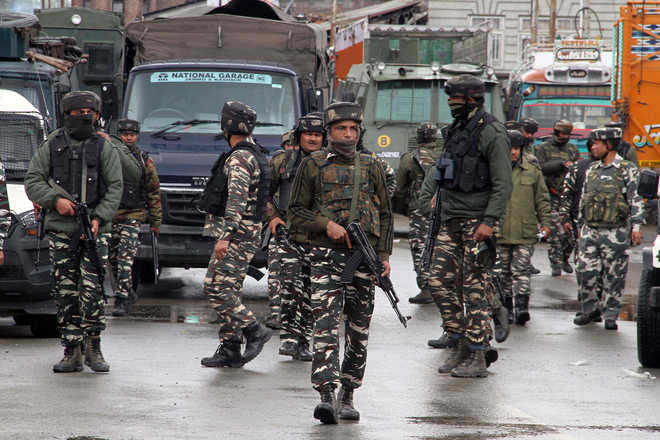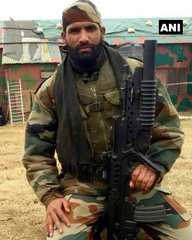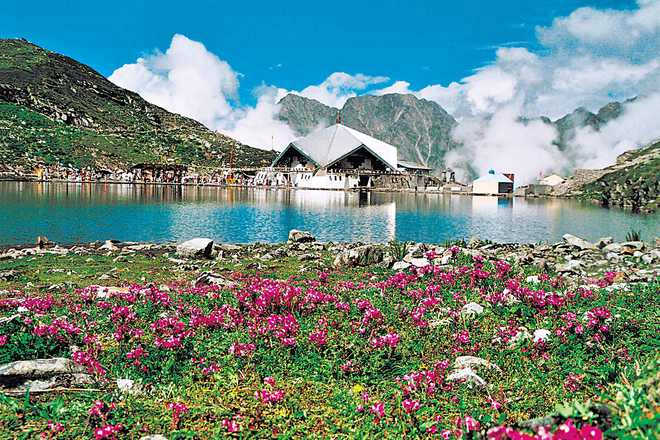
Majid Jahangir
Tribune News Service
Srinagar, June 17
Security forces are gearing up for a major offensive against the militants after the Centre formally called off the month-long Ramzan ceasefire in Jammu and Kashmir.Formal orders have been issued by the Central government to the security forces in the counter-insurgency grid to resume anti-militancy operations across Jammu and Kashmir.Soon after the directions, Inspector General of the CRPF, Srinagar sector, Ravideep Sahi, said they had started the area domination exercise. “The area domination operation has already started. As soon as we get information about militant presence, we will launch an operation,” he said.Earlier today, Union Home Minister Rajnath Singh had tweeted: “Security forces are being directed to take all necessary actions as earlier to prevent terrorists from launching attacks and indulging in violence and killings. The government will continue with its endeavour to create an environment free of terror and violence in Jammu and Kashmir.”After the unilateral ceasefire was announced on May 16, militants had made their intentions clear. During the entire month of Ramzan that ended on Friday, at least nine security men were killed. While the anti-militancy operations were halted by the forces, the counter-infiltration operations continued during Ramzan that left 24 militants dead.Security sources said the cordon and search operations (CASOs), which had been the backbone of anti-militancy operations in security circles, would resume whenever they get an input about militant presence.”Till this evening, no CASO had been launched, but we will launch operations on specific inputs,” a south Kashmir-based senior Army officer said. South Kashmir witnessed several militant attacks during the Ramzan month.State police chief Shesh Paul Vaid said the forces would carry out operations on the same pattern as they did before Ramzan.Combing operation begins in Baramulla After calling off the unilateral ceasefire, security forces launched the first anti-militancy operation in north Kashmir’s Baramulla district. Sources said after an input about the presence of militants at Mughalpora in Tangmarg, joint teams of the Army’s 29 Rashtriya Rifles and the J&K Police launched a cordon-and-search operation (CASO) in the area. “We have launched the CASO in the area,” police sources said. No, anti-militancy operation was carried by the forces during Ramzan























































































































